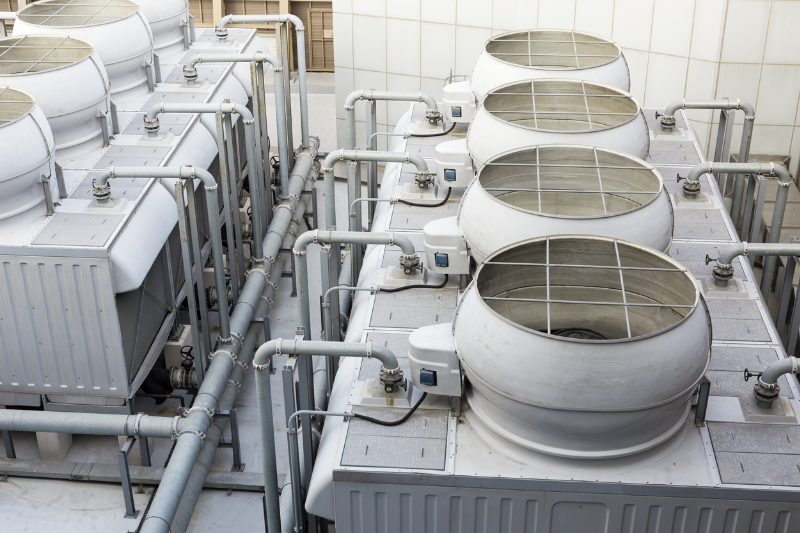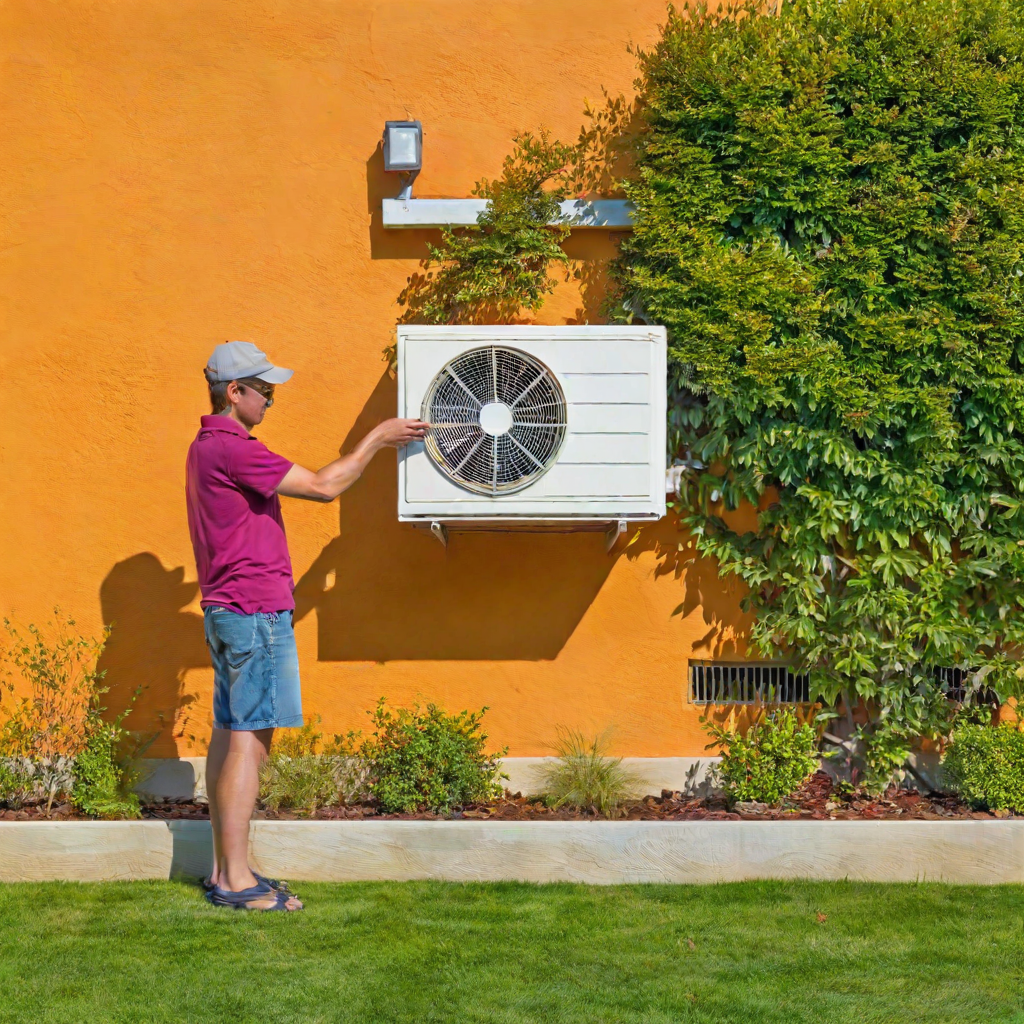What Is A Cooling Tower?
A cooling tower is a specialized heat exchanger that transfers heat from a high-temperature fluid to a lower-temperature fluid by bringing air and water into direct contact. It is primarily used as a cooling device for air conditioning and refrigeration.
Water that has been heated by an industrial process is pumped into the cooling towers to be exposed to air. When water meets air, it evaporates, creating a cooling action. The already cooled water comes back to absorb heat and then is pumped back to the cooling tower to be cooled once again.
Components
It has three main components: an inlet, an outlet, and a fill system with different water flow levels.
Fill System
- The filling system creates the circulation needed for the water cycle.
Inlet
- The inlet is where the water picks up heat as it enters the tower.
Outlet
- The outlet is where heated air and water enter the low-pressure zone dried by a cooled surface such as fins or a brush.
How Does It Work
The inlet and outlet are connected to a pump. The pump circulates water through the fill system, which runs through the wet part of the tower. The pipe that carries water from the pump to the fill system is called a header. Wet air is pushed up through the fill system by a fan to make direct contact with water flowing down in the wet section. The cooled water is pumped out and circulated back into the facility for further cooling and evaporation.
Where Is The Cooling Tower Needed?
Air-conditioning and refrigeration systems need to heat or cool air, fluid, or both. Air conditioners are often found in hospitals, office buildings, and schools. Refrigerators cool food for consumption.
- Air conditioning towers are used to cool air or water for an air conditioning installation.
- They are also used in facilities that require the cooling of chemicals.
- Refrigeration cooling towers are typically used in food service establishments such as restaurants or manufacturing facilities.
Benefits Of A Cooling Tower
- They are energy-saving devices.
- The use of a cooling tower reduces the amount of energy needed to cool the system.
- It features many benefits over the traditional method of using fans to provide airflow in different ways.
- In cooling towers, the heated air and water mix before entering the cooled surface, which is much more efficient than if it were fan assisted.
- Additionally, when constructed properly, there is little or no blowback from this process which causes problems for air conditioning systems with poor flow rates.
For more information on how cooling towers work, or if you are thinking of installing one, contact us today at A-Plus Quality Inc. in Toronto.
Are you a loyalty program member of A-Plus Quality? Just for reading our blog post today, we would like to give you 1000 bonus points, add them to your account with the code: AP22JUN3. Not a member? Don't worry, sign up and start earning points today. Download the App and add perk codes to get your bonus. New members receive a free $50 welcome gift! Do not miss the opportunity to get more points, check out our Facebook and Instagram for more codes.



